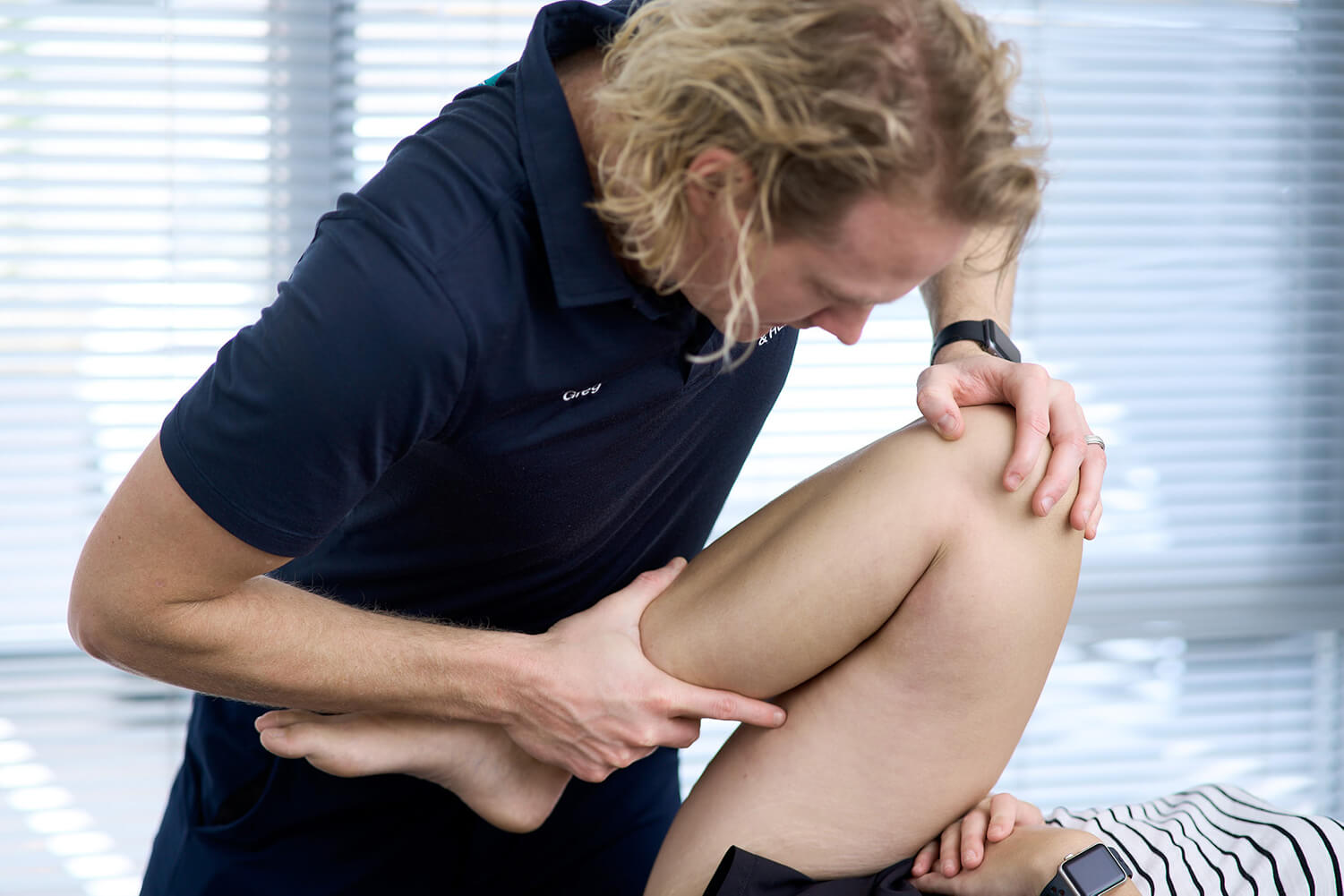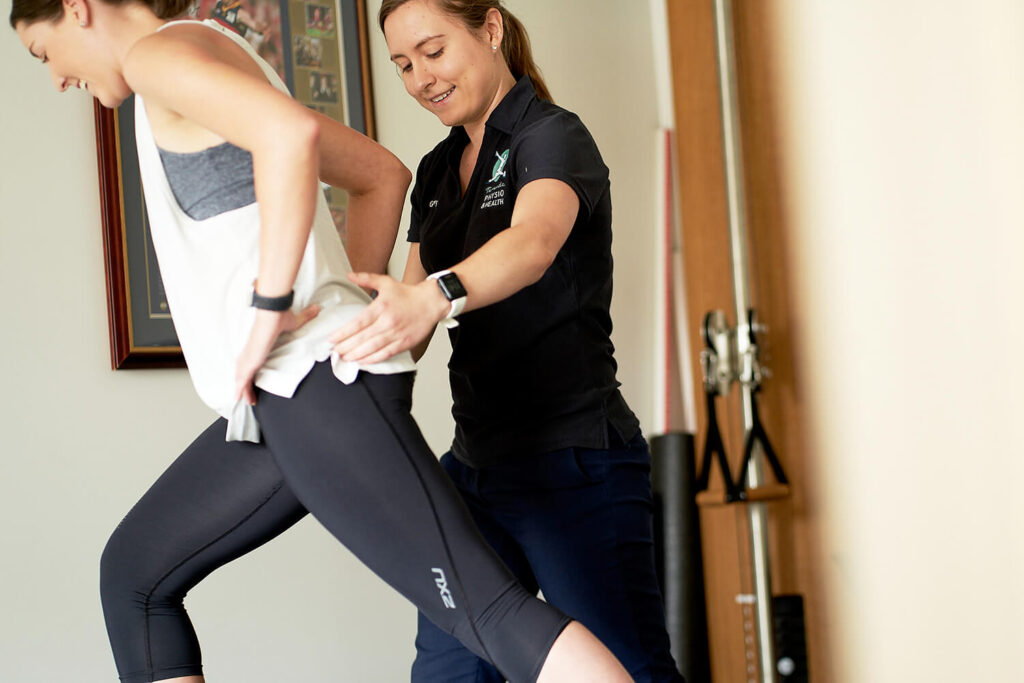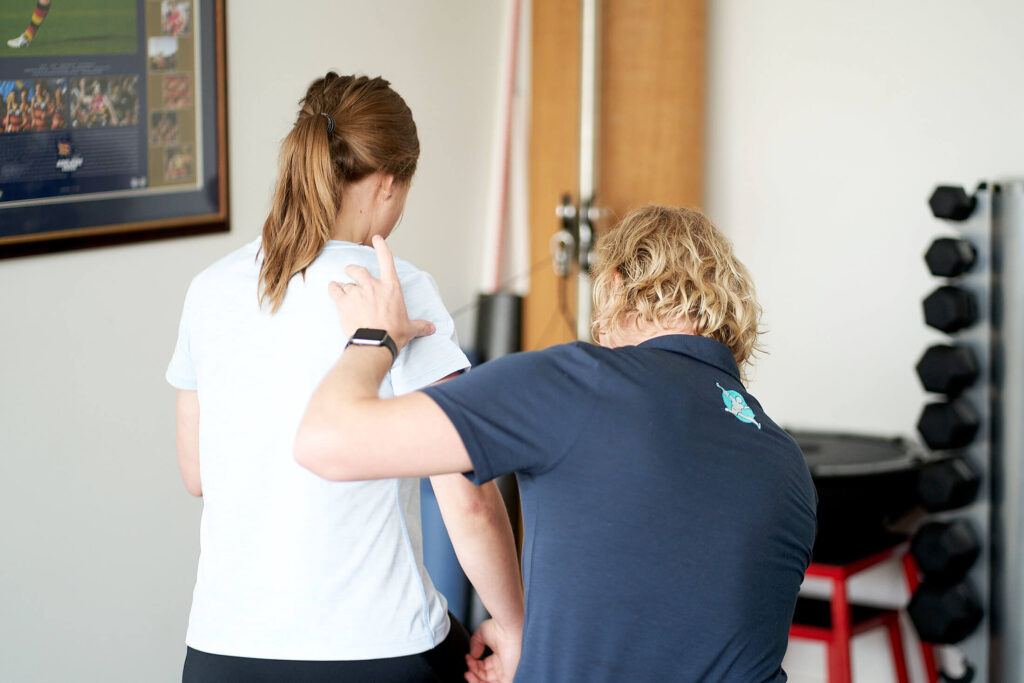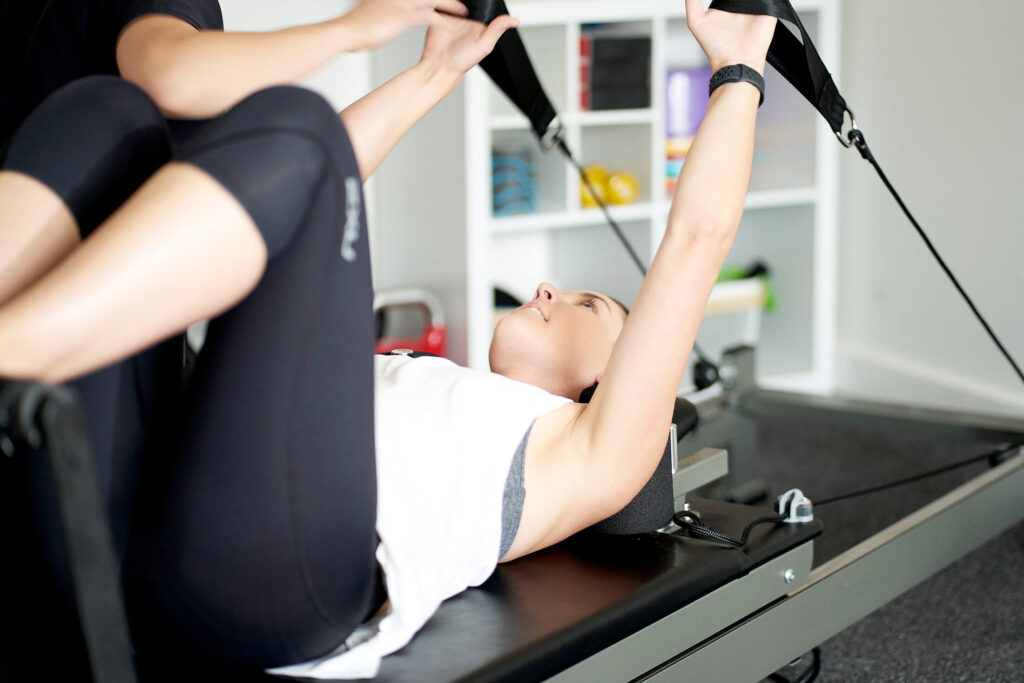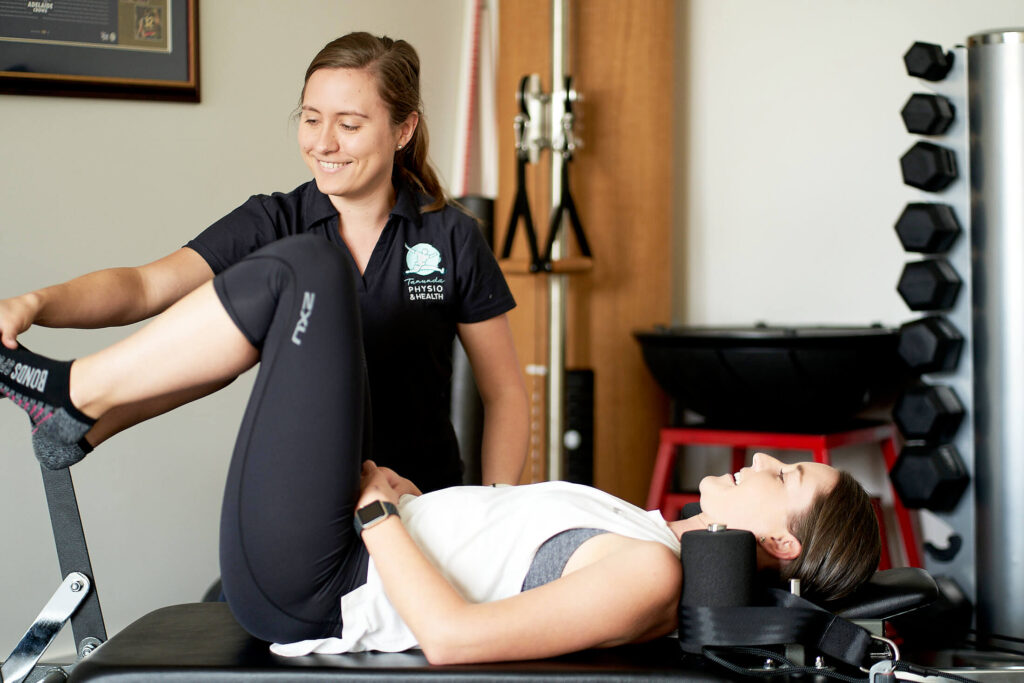Does pain stop you from enjoying things you would otherwise like to do? Do you just accept that it’s normal to get pain from doing certain…
ACL Rehabilitation: Surgical vs non-surgical
ACL rehabilitation without surgery might be just as effective as traditional surgery.
Anterior cruciate ligament (ACL) injuries are common in athletic individuals. Between 2005 and 2015 there were almost 200 000 ACL reconstructions performed in Australia. Surgery is followed by up to 12months of rehabilitation before returning to sport.
Key summary: non-operative vs surgical ACL management
- An ACL rupture is usually managed with surgery and rehabilitation.
- ACL Rehab without surgery can also have good outcomes.
- There is currently no clear answer as to which one is better long term, although those playing elite/high level sport may find the surgery more beneficial.
- Conservative management is an option. Consult your surgeon or specialist to make an informed decision.
What is an ACL rupture?
The ACL is one of two ligaments inside the knee which, together with the surrounding muscles, prevent excessive movement between the femur and tibia. However, excessive forces can cause the ACL to tear. A complete tear is referred to as a rupture.

A fully ruptured ACL cannot heal itself, and so an ACL reconstruction is generally performed. This surgery involves taking a strip of the hamstring or patella tendon to create a ‘new’ ACL.
What is conservative ACL rehabilitation?
Rather than having surgery, some people opt for conservative management. This involves strengthening and training the leg and hip muscles so that they can take over the ACL’s role in stabilising the knee joint. This is a long term process, and is the same sort of rehabilitation that people would have following an ACL reconstruction.
What option gets better outcomes ?
The real question is- which is better? If there is the choice to avoid surgery, why not take it? The research evidence is mixed, with some studies show better outcomes with reconstruction, while others show no difference.
Several studies looking at outcomes after 10 years or more post injury, found that laxity within the knee was significantly less in those who had the surgery1,2. However, the majority of people who showed increased joint laxity when tested, were otherwise symptom free and leading active lives.
While people who have a reconstruction tend to better achieve their pre-injury level of ability, especially in elite and professional athletes, people have had good success returning to sport with either method3.
ACL Reconstruction and Knee Osteoarthritis
After an ACL rupture, the mechanics of the knee are changed which increases the risk of developing osteoarthritis. One goal of reconstruction is to restore normal joint mechanics to prevent this. However, osteoarthritis is also often seen in knees following an ACL reconstruction as well. Some studies found surgery to lead to an increased risk, others found no difference. For this reason there is some debate whether conservative management or surgery has a lower risk of future knee osteoarthritis.
The bottom line of ACL Rehabilitation options
While, we can’t say for sure if one method is better than the other, it is important to know that there is a viable alternative to surgery.
If there is no deadline for return to high level activity, then trying conservative rehab first may be a sensible approach. However, if you are an athlete with pressure to return to sport, especially at the elite level, then the extra stability a reconstruction provides is worth considering.
To help decide what is best for you, you should consult your GP, Orthopaedic specialist and Physiotherapist, as they can help guide you based on your personal situation and goals.
ACL Rehabilitation at Tanunda Physio & Health
With our AxIT Strength and muscle power Testing equipment, we are better placed to assess your function of the knee as part of a conservative rehab or post operative rehab. We can use this to guide your return to sport, and progressions and effectiveness of your exercise program.
If you want ACL rehab involving the most advanced technology, contact us now.




